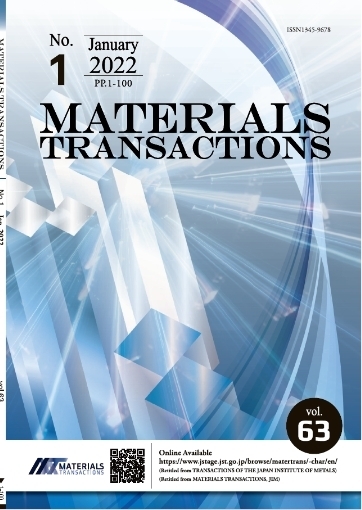Ultra-fine Ti(C,N)-TiB2-Co cermets were fabricated from Co, Ti, C, and BN powder mixtures via a reactive hot pressing (RHP) process, and the effect of sintering temperature on their microstructure and properties was explored. An elevated temperature was conducive to the full conversion of Ti(C,N) phase, thus leading to microstructure homogenization and the production of cermets with a high relative density and purity. With increasing temperature, the relative density, hardness, and fracture toughness first increased, and then decreased. A sample sintered at 1150℃ therefore displayed the best overall performance in terms of its maximum relative density and ultra-fine particle size, with relative density, hardness, and fracture toughness of 99.9%, 1947 HV10 and 6.6 MPa.m1/2, respectively. Compared with P10 cemented carbide, Ti(C,N)-TiB2-Co displayed superior wear resistance because of its higher hardness, as well as the formation of an oxidation layer on the worn surface during dry sliding friction and wear.










